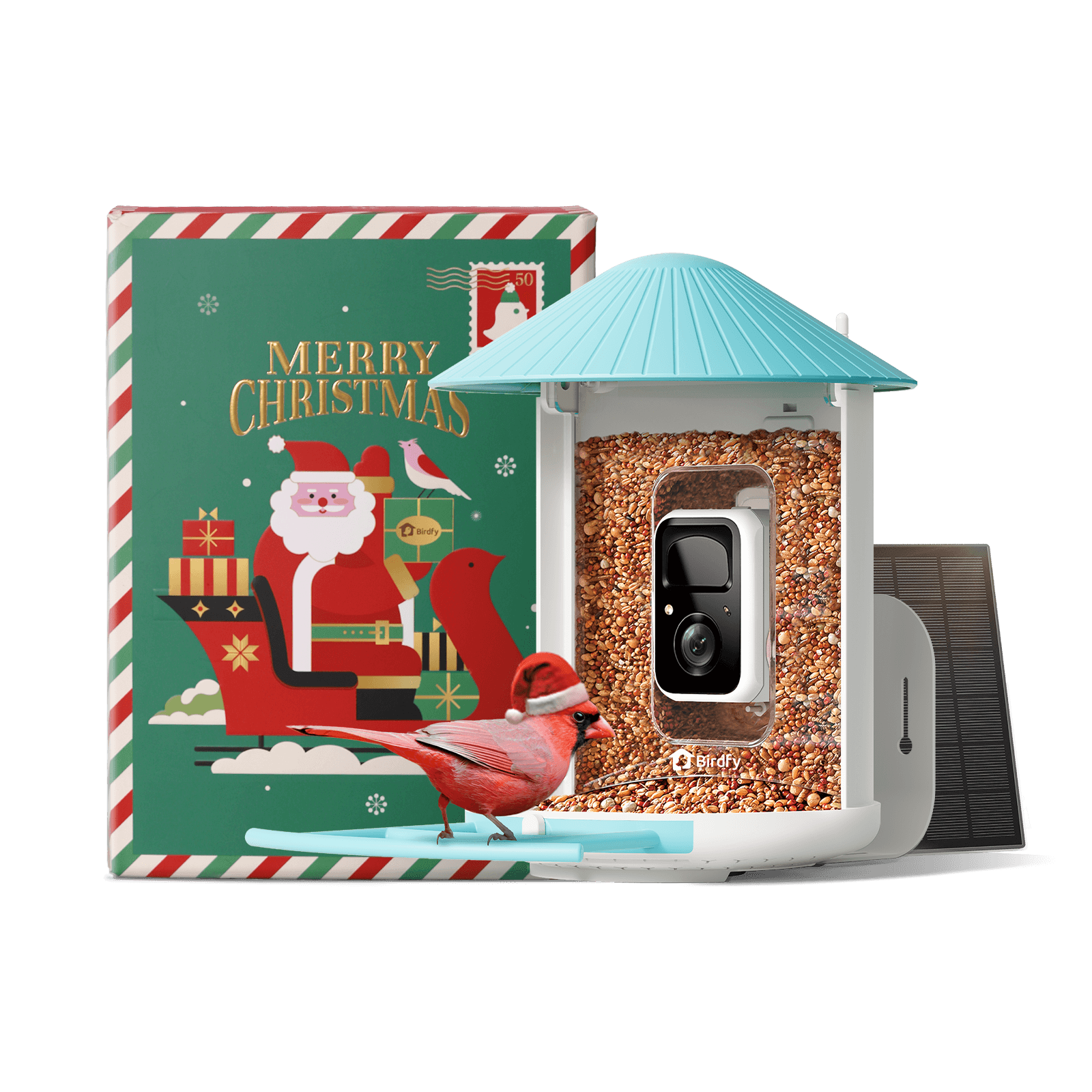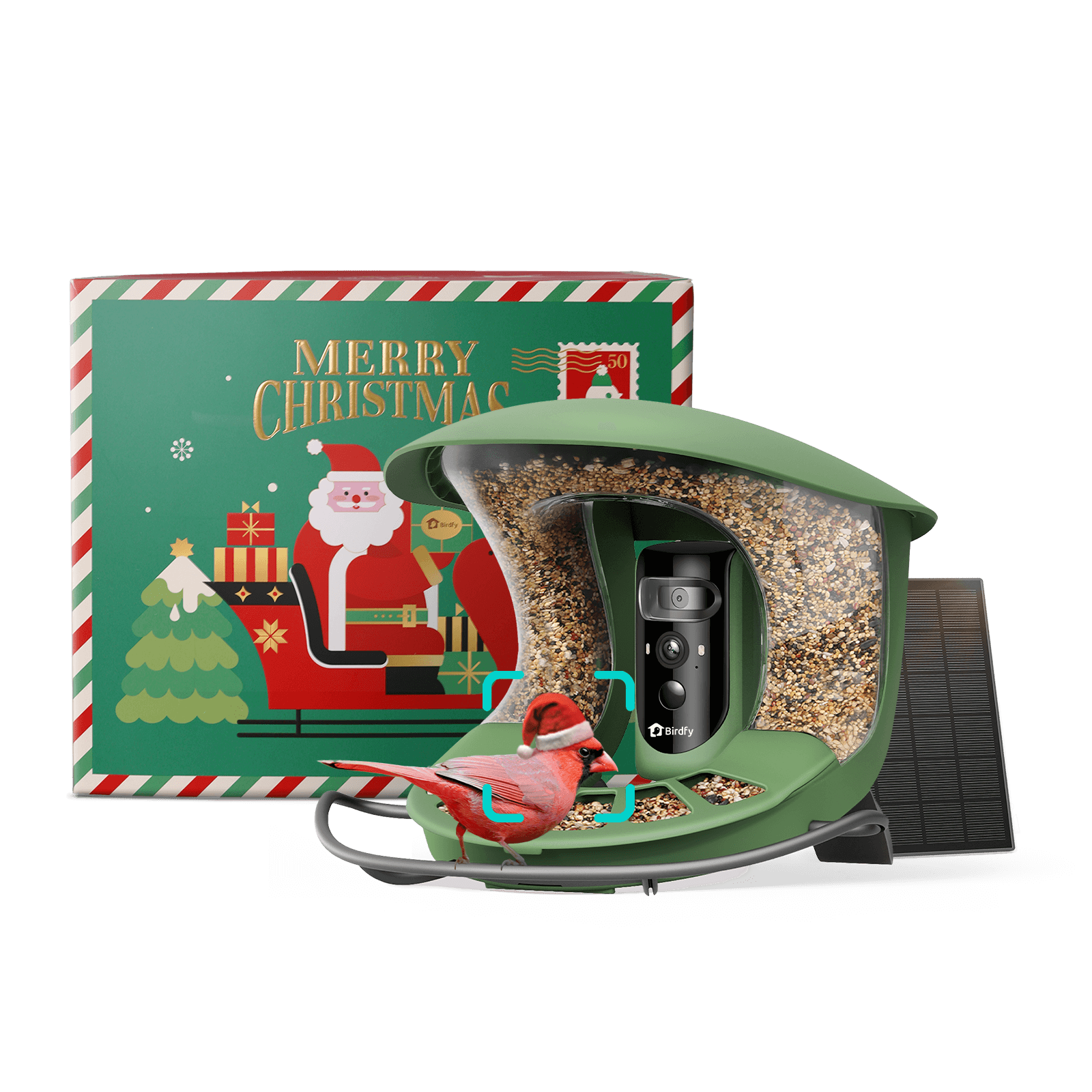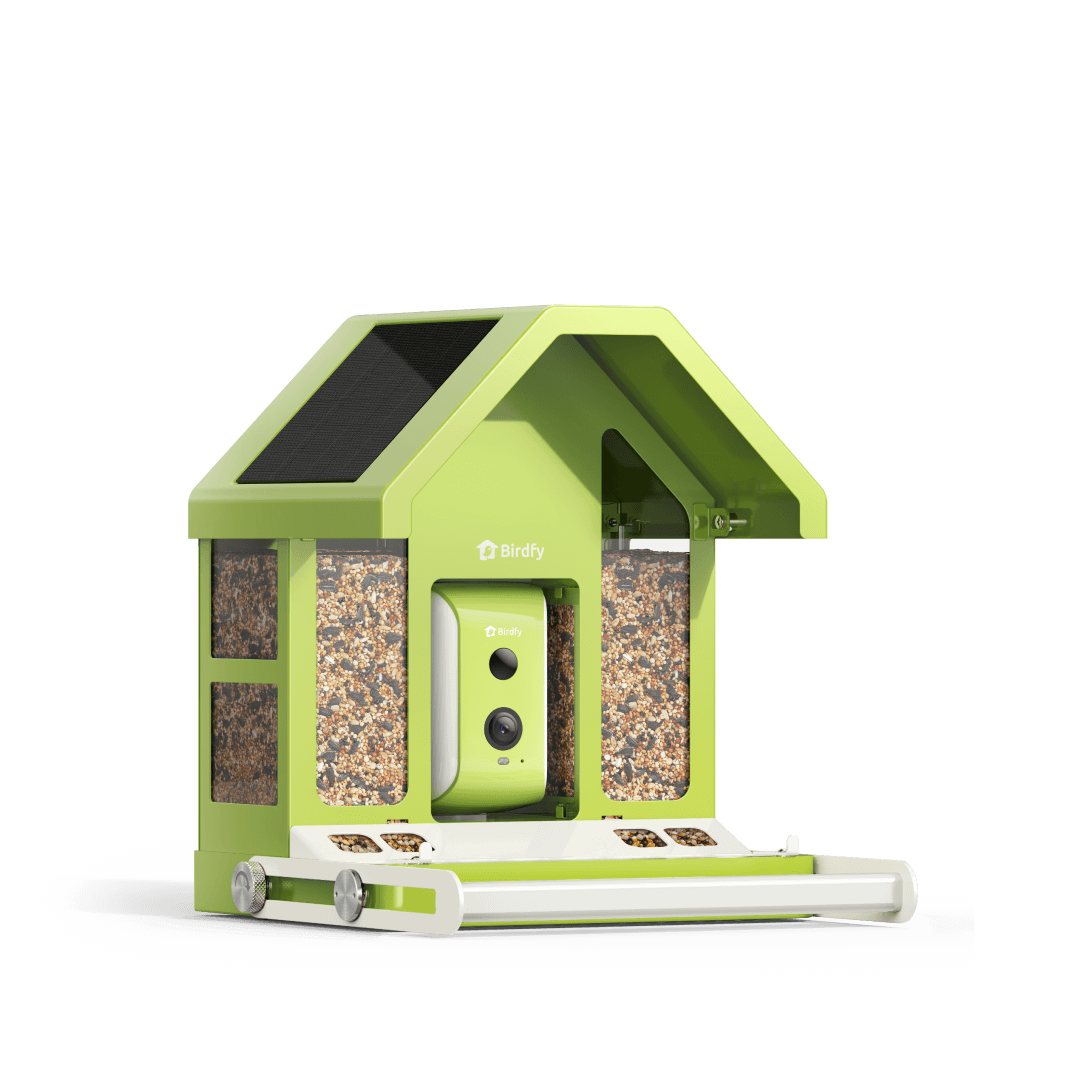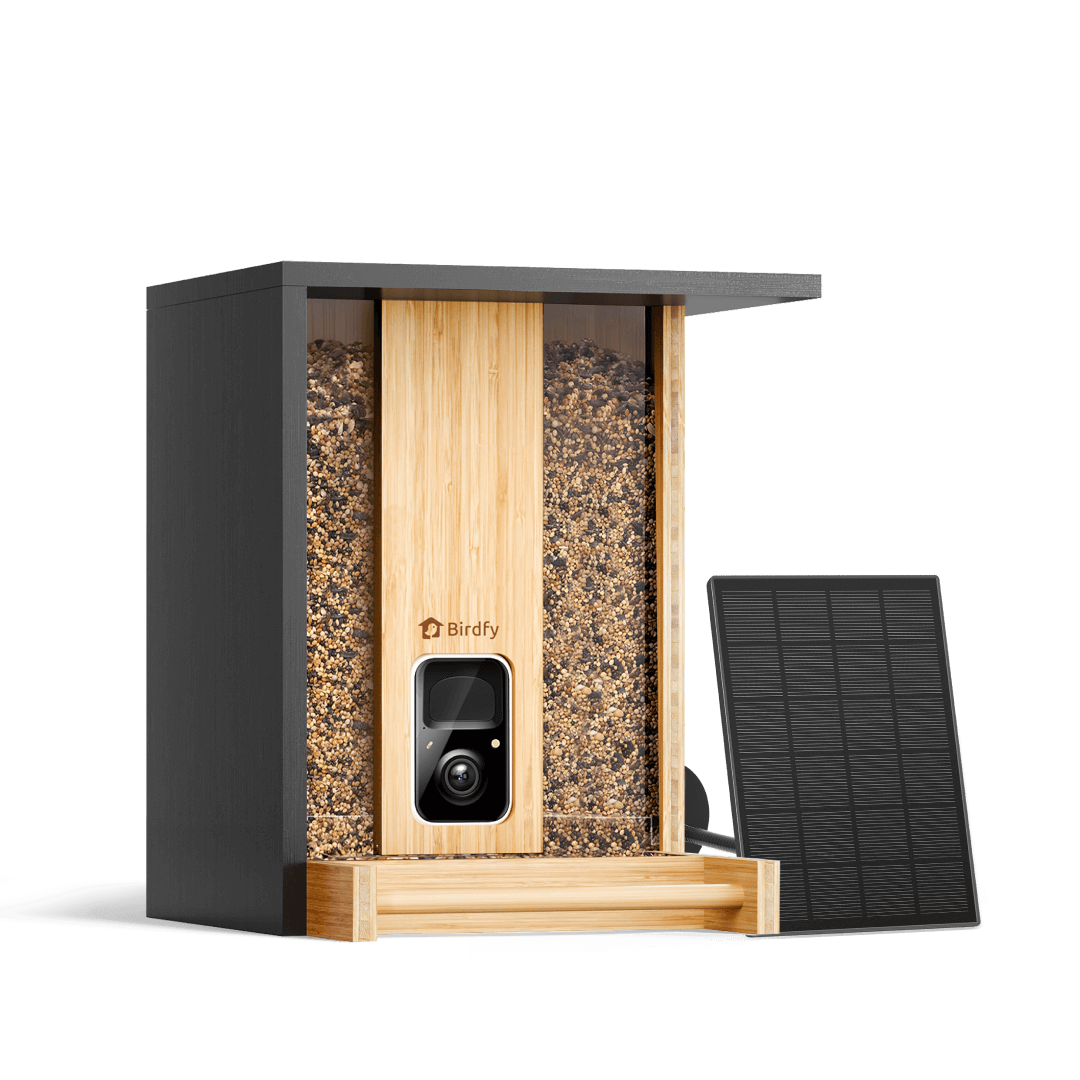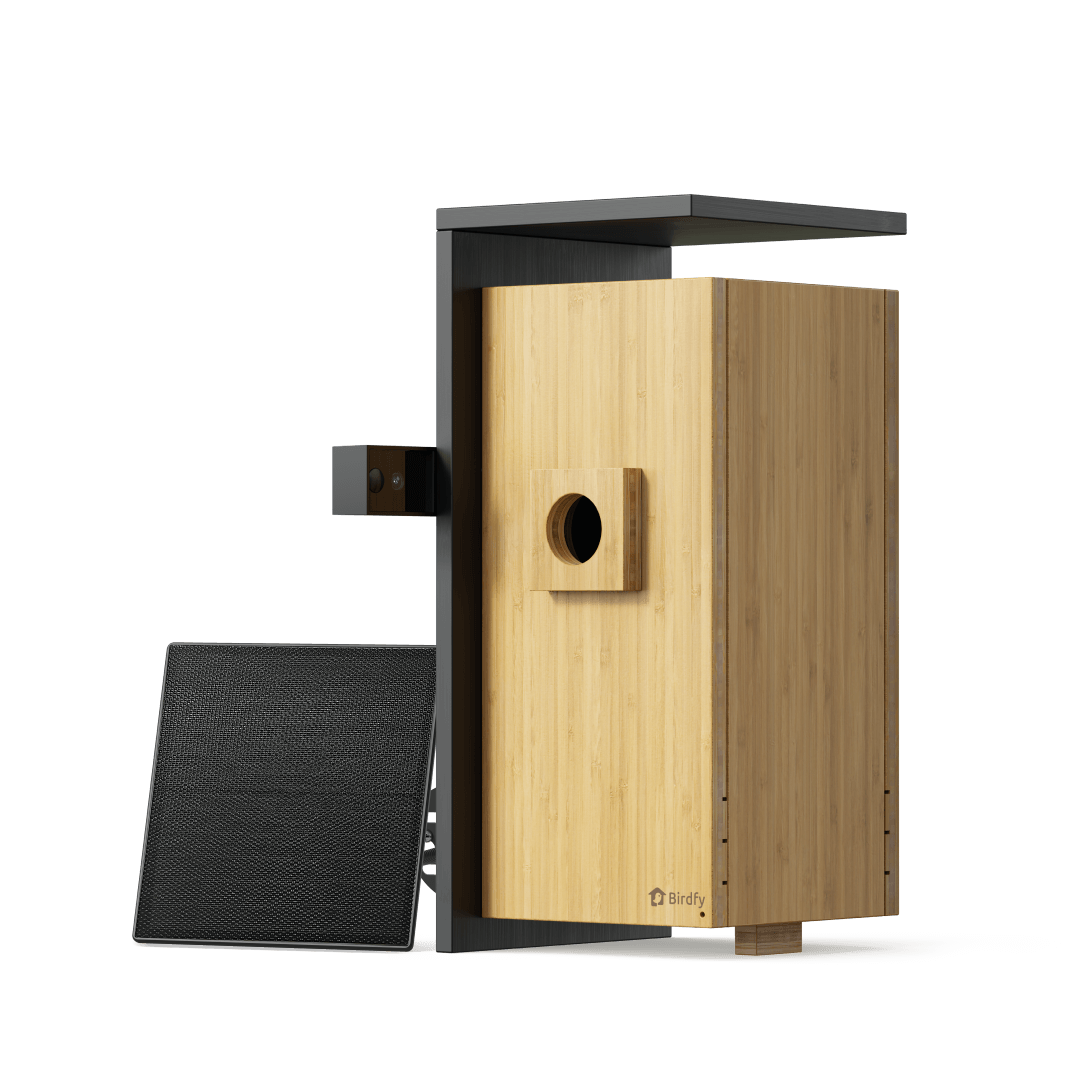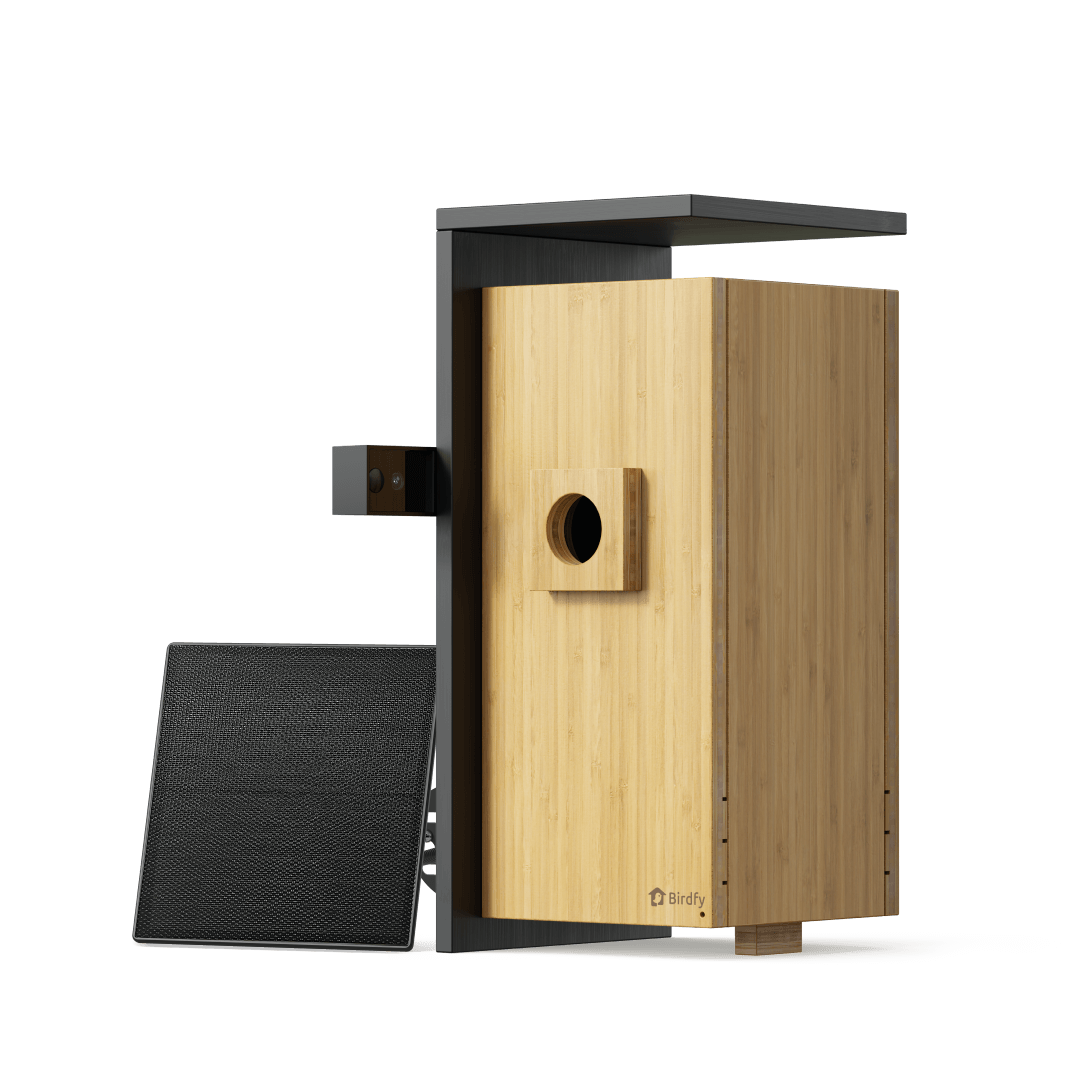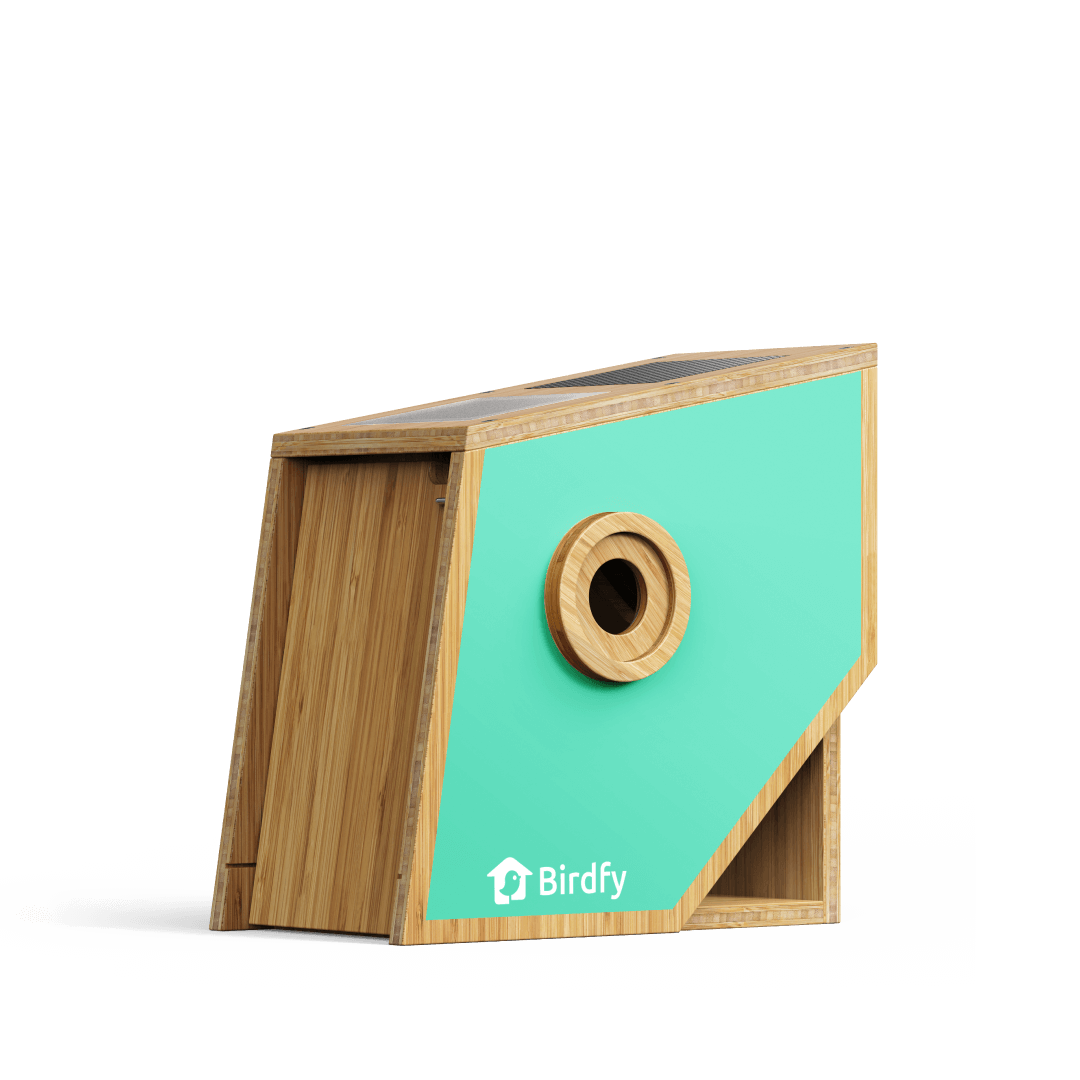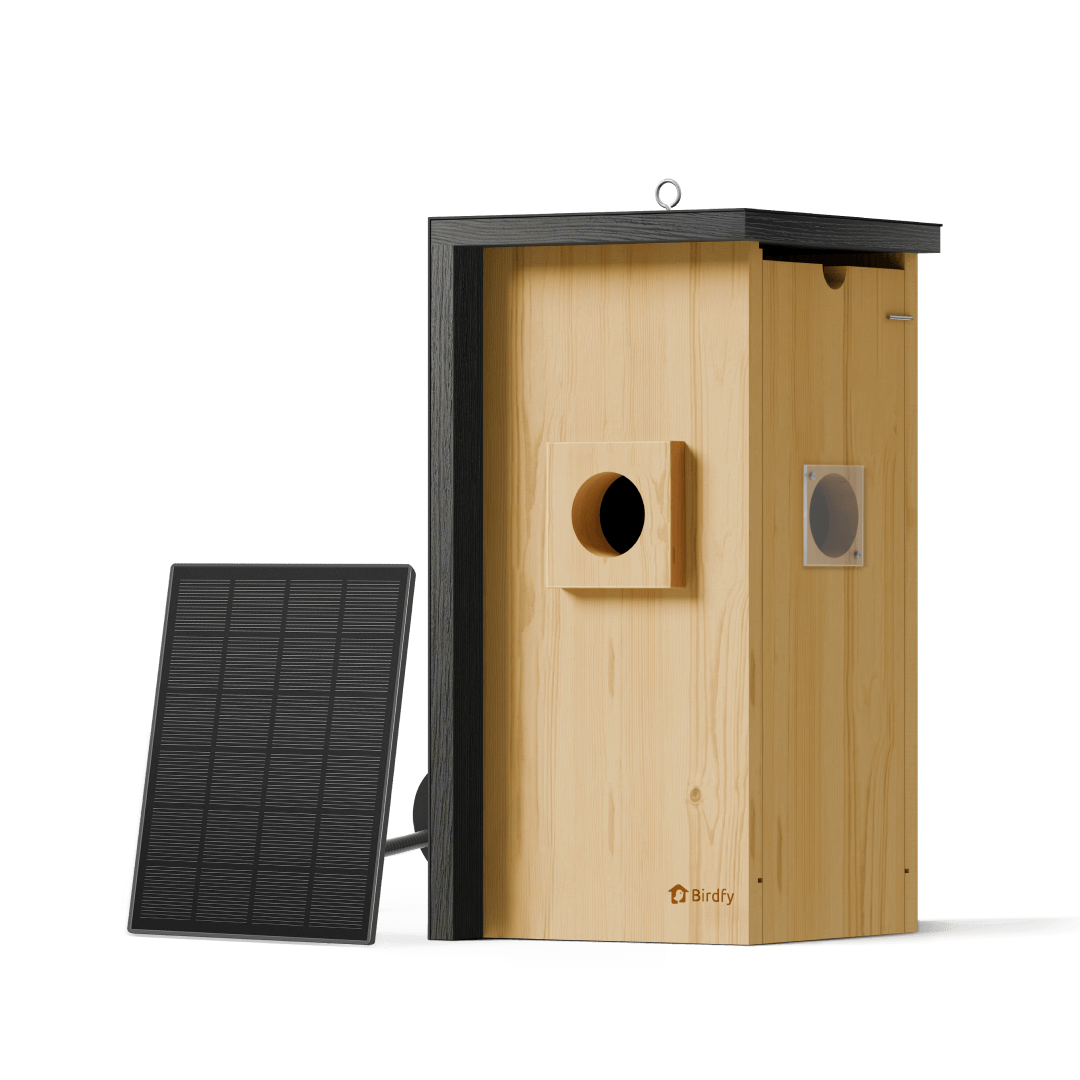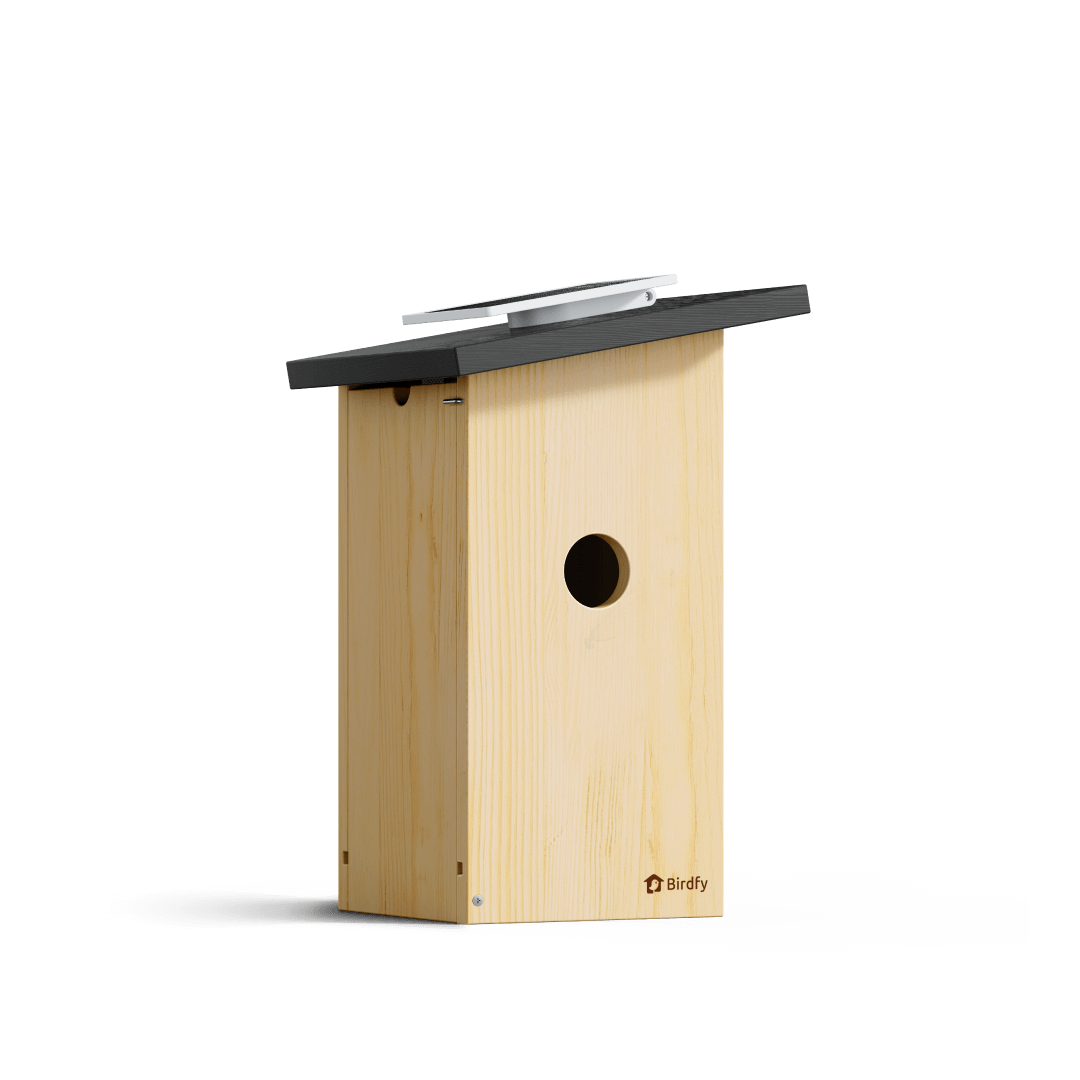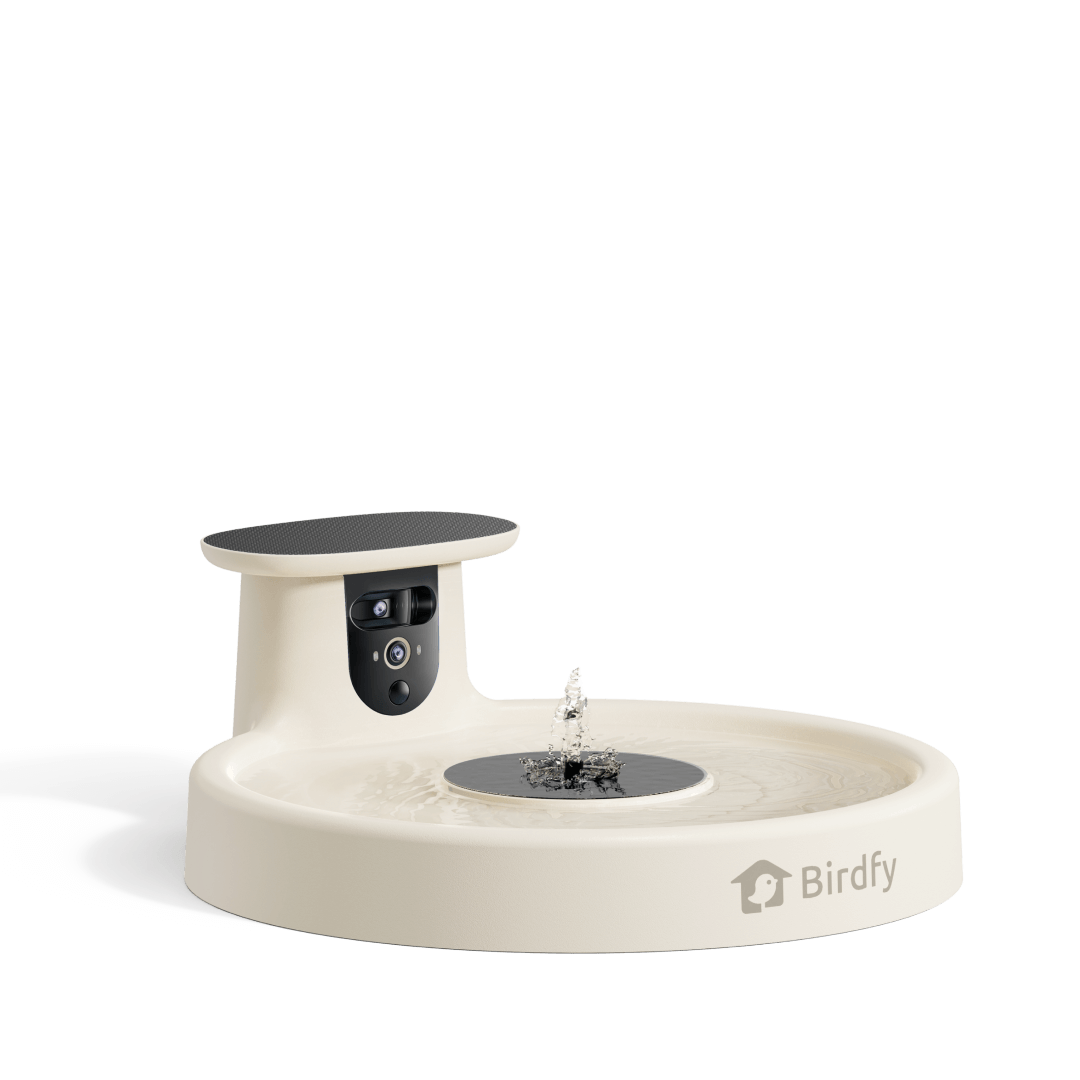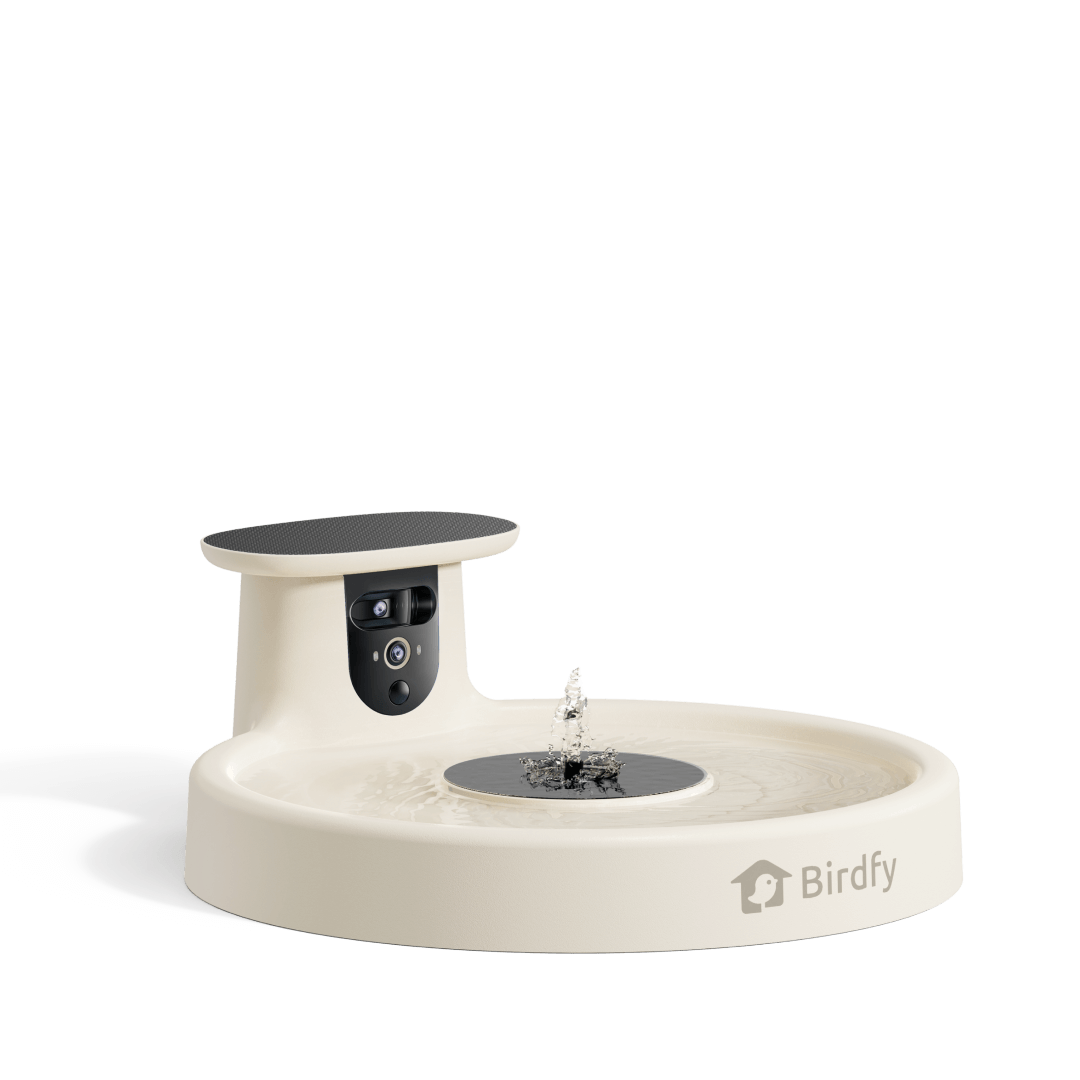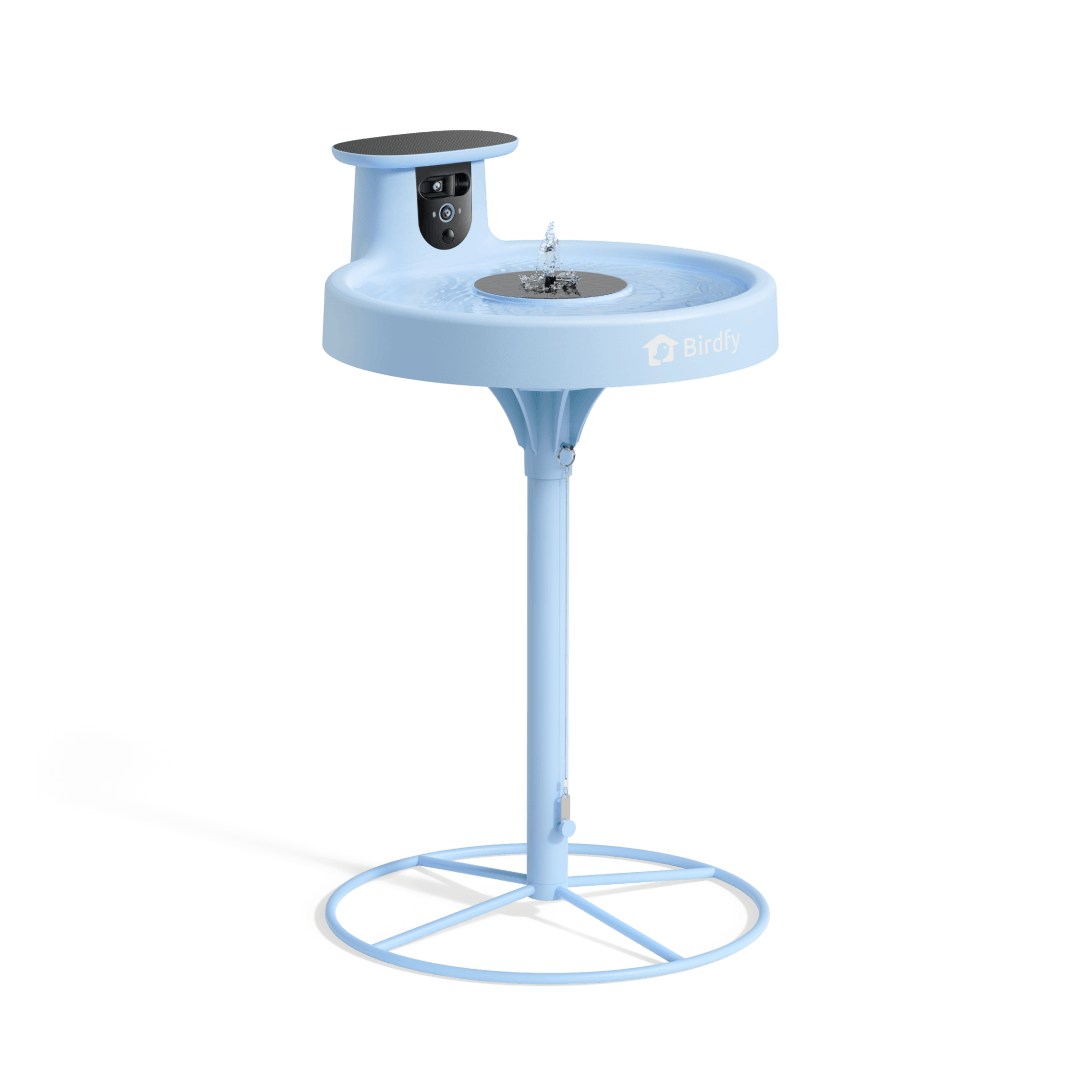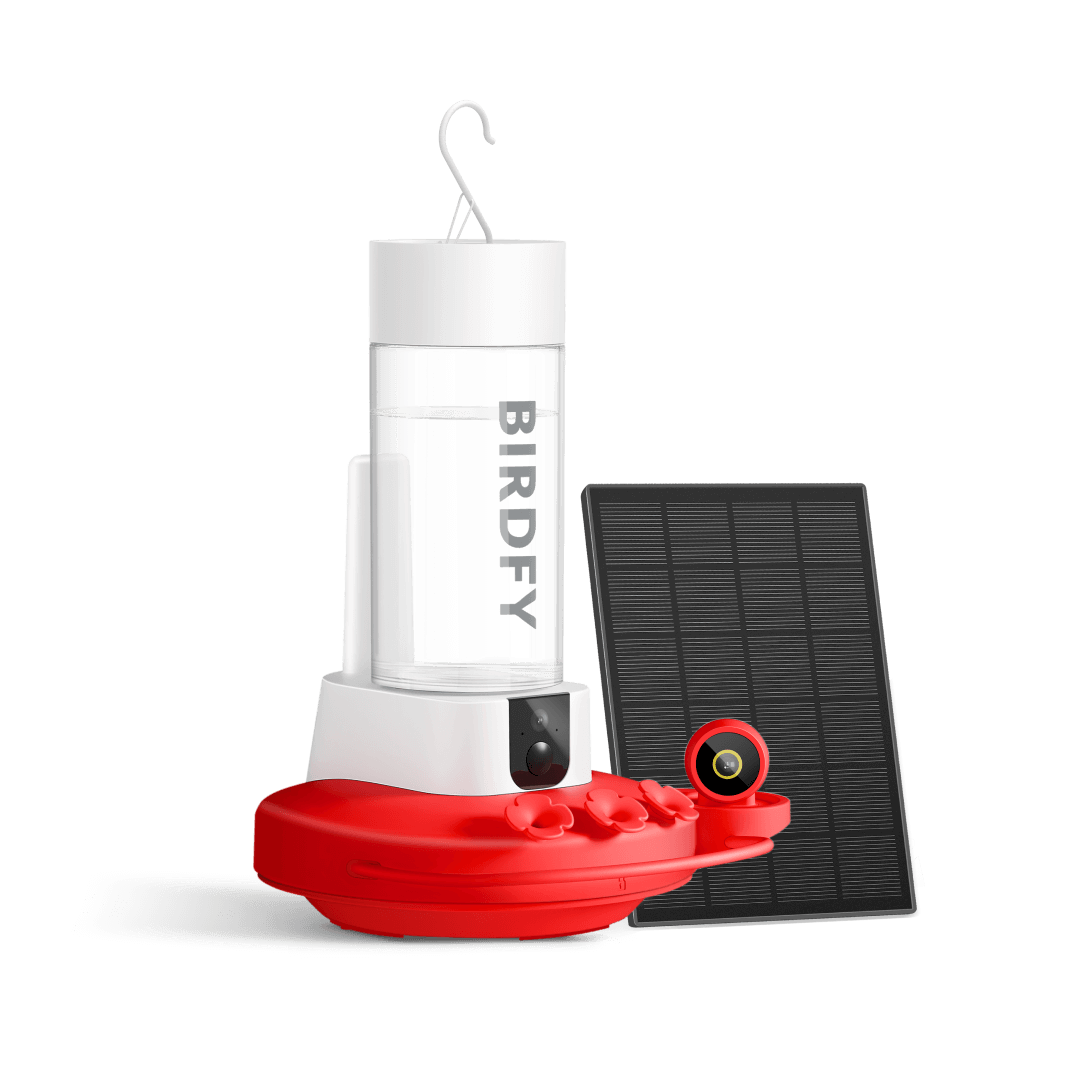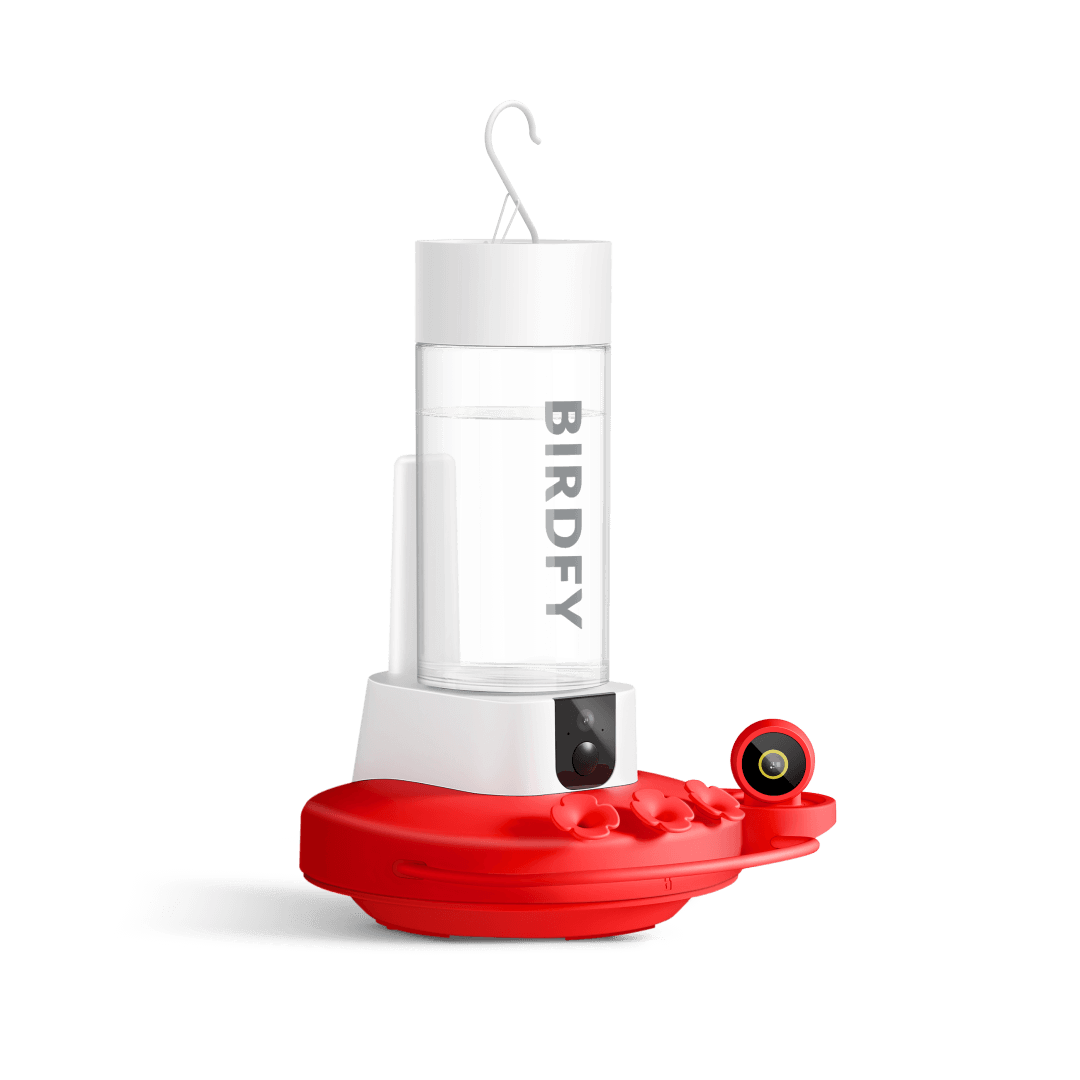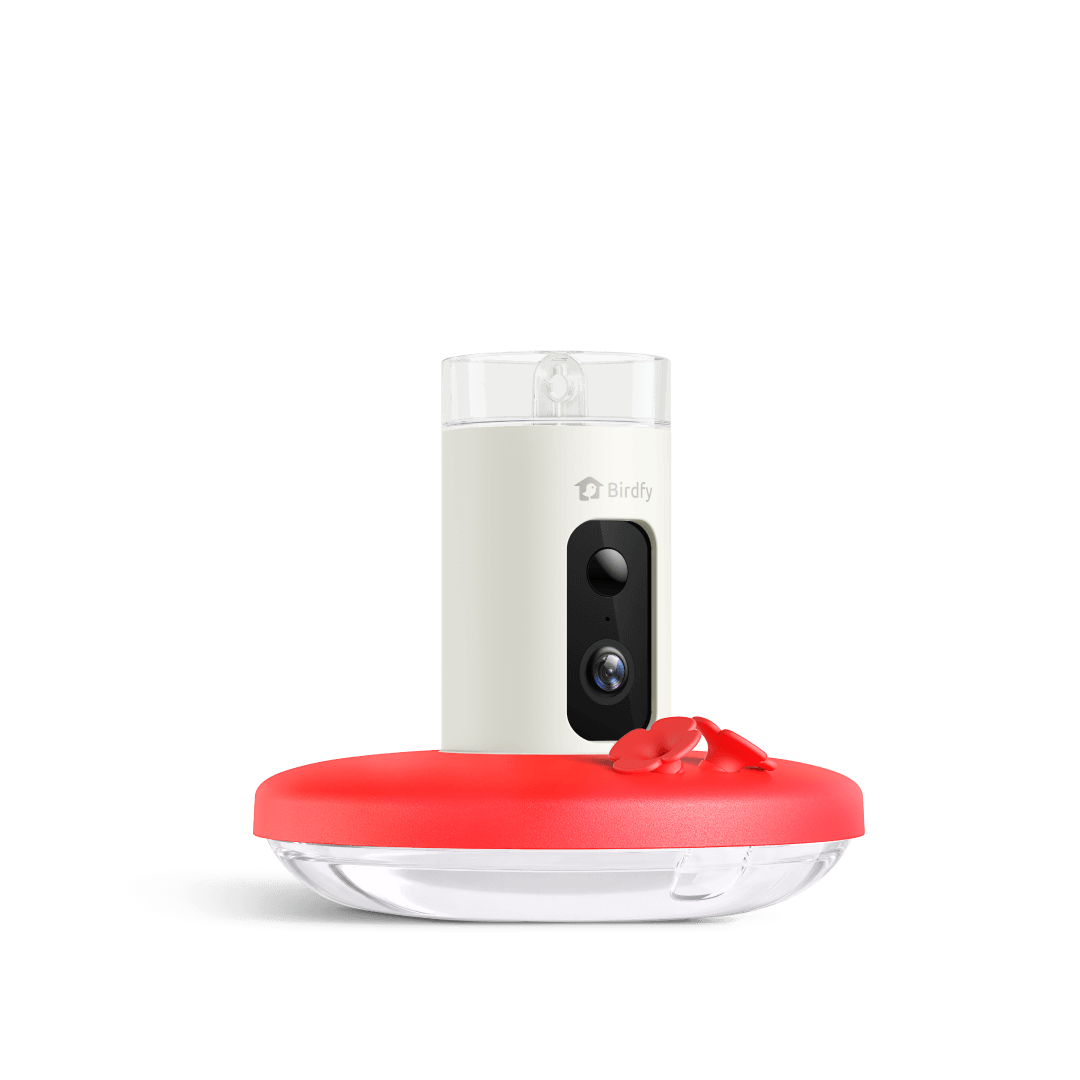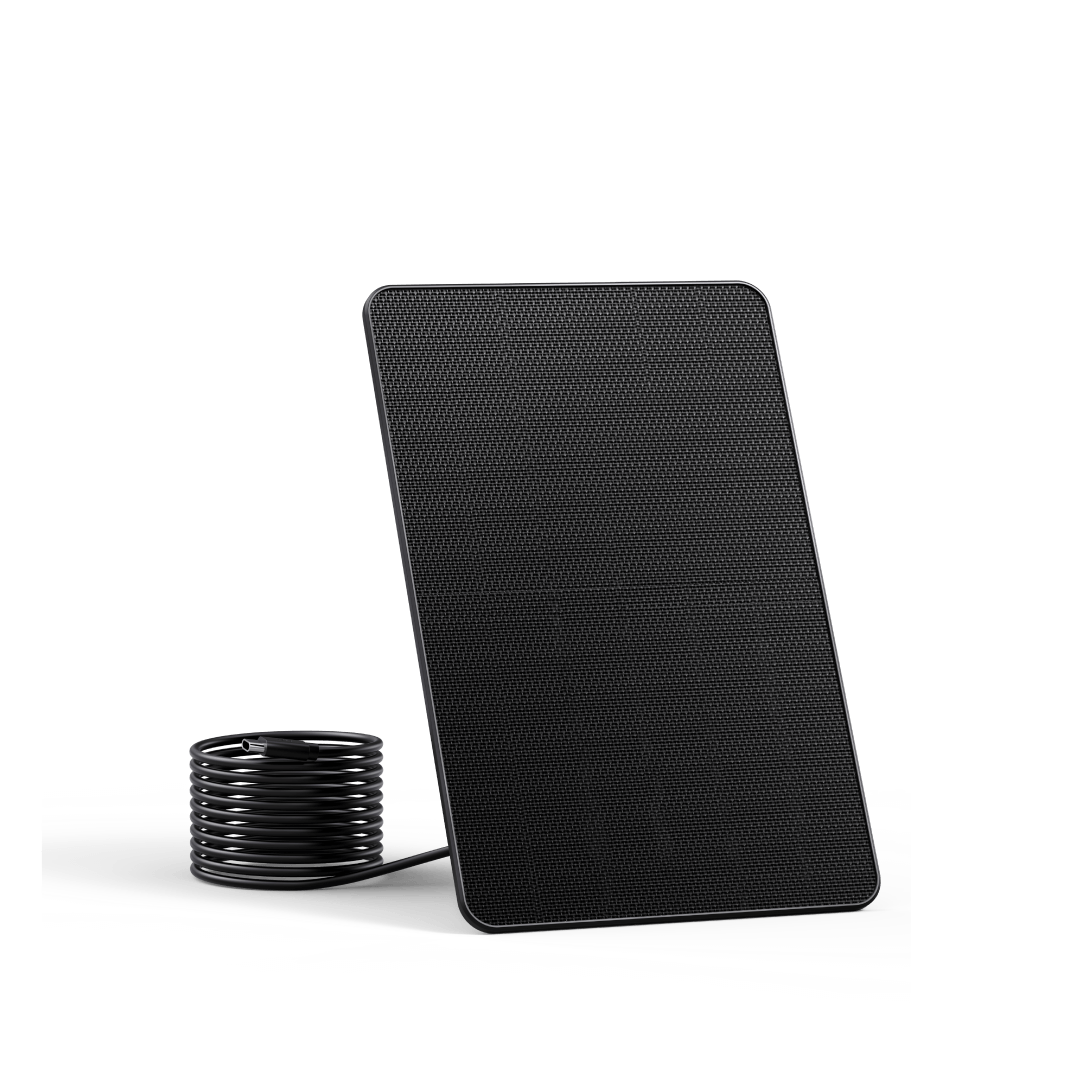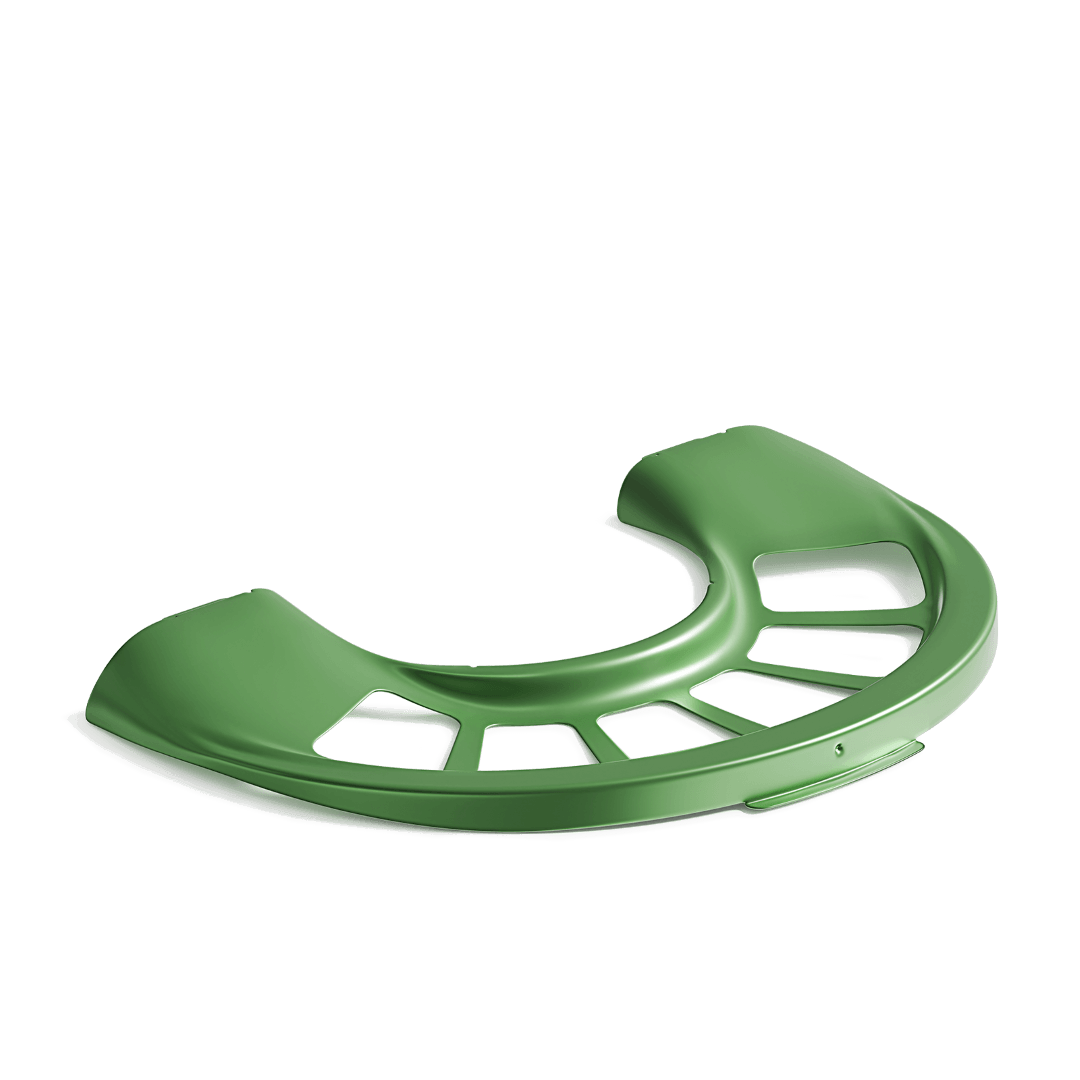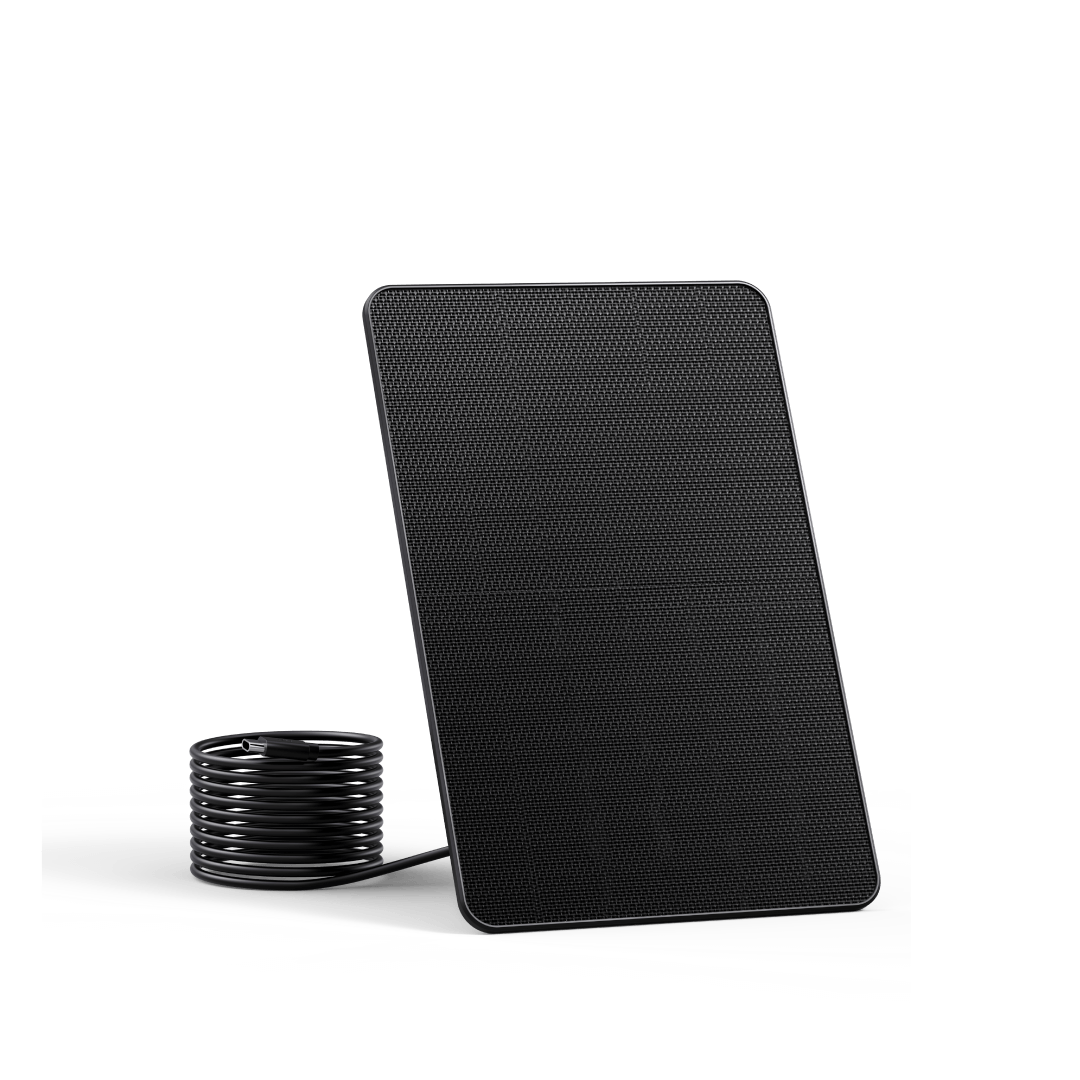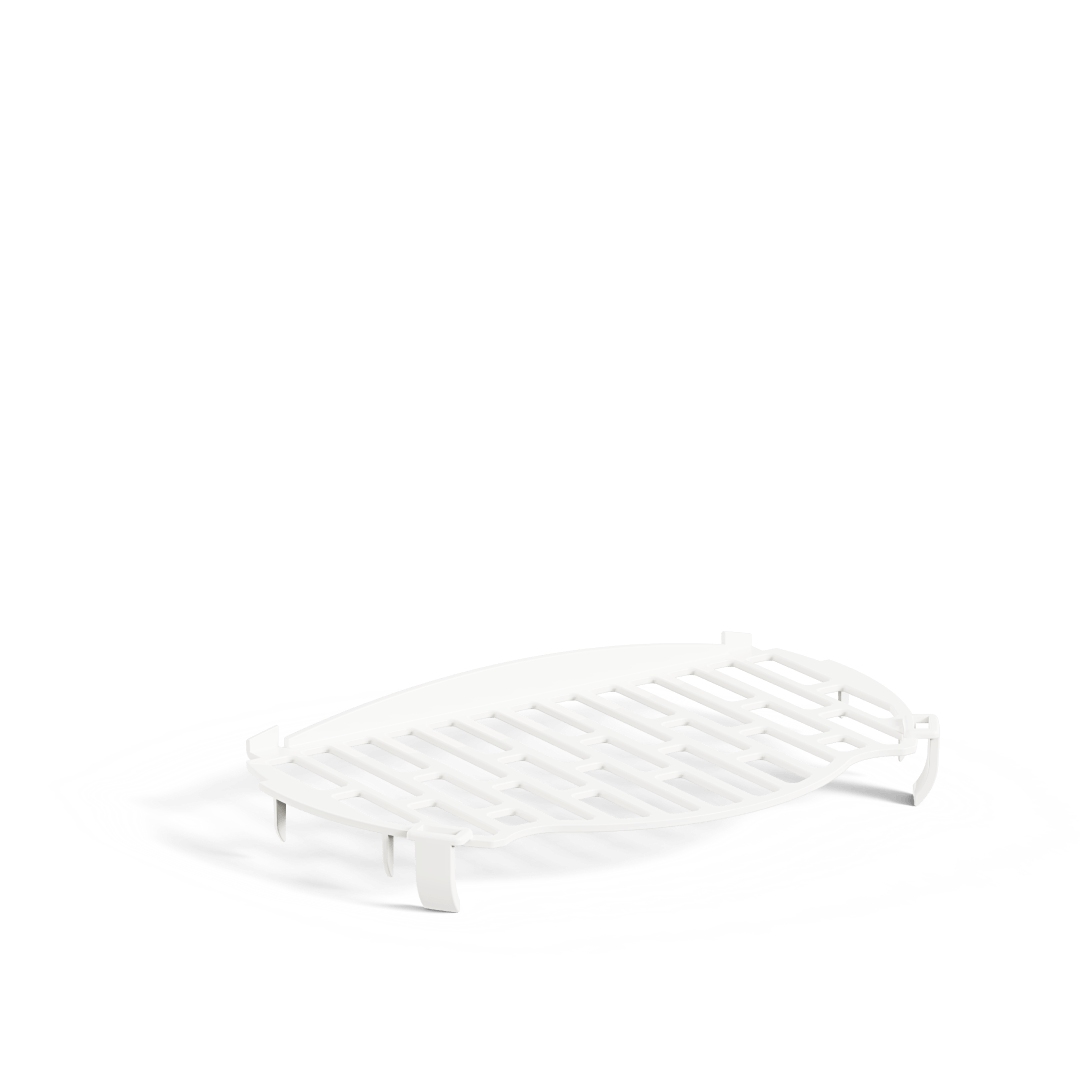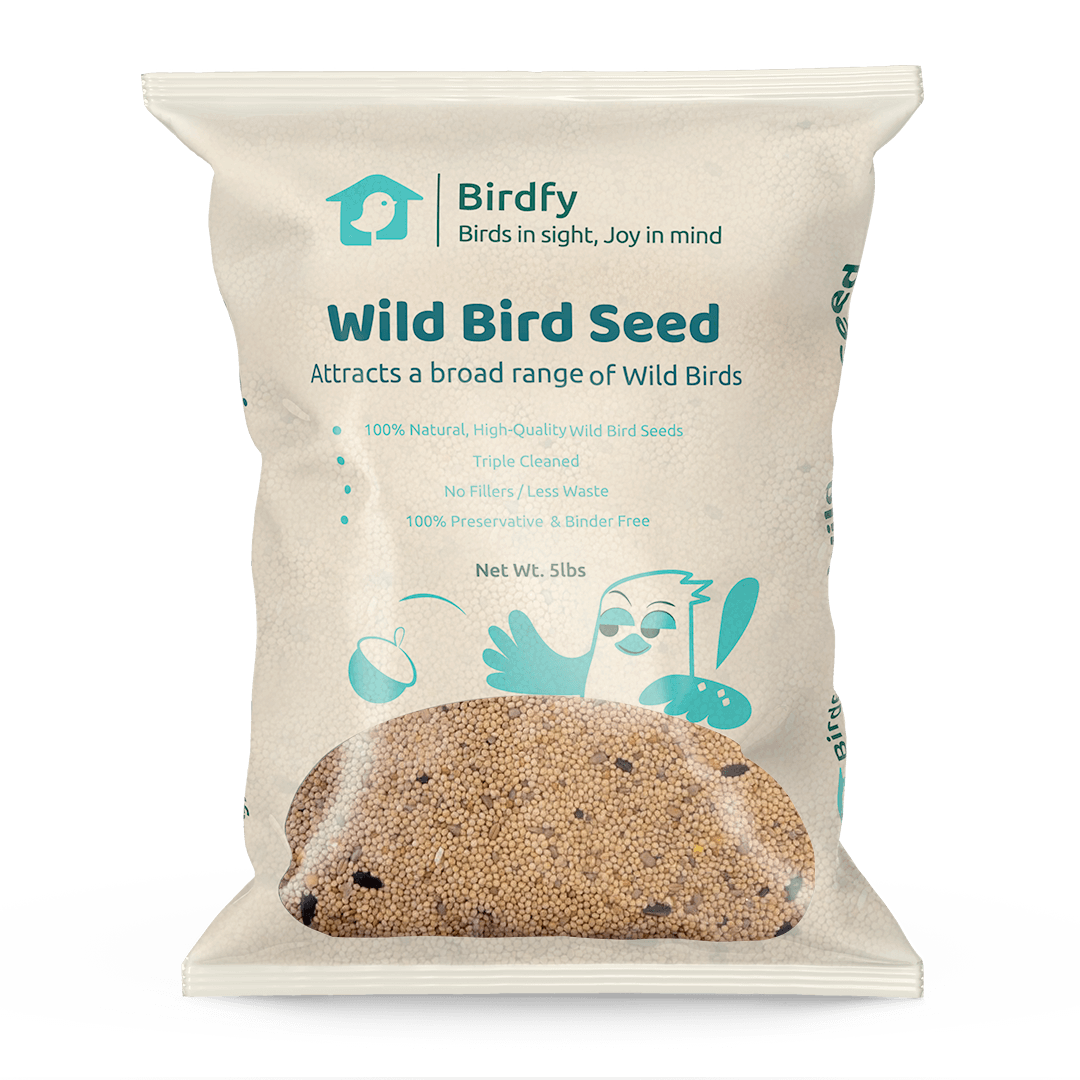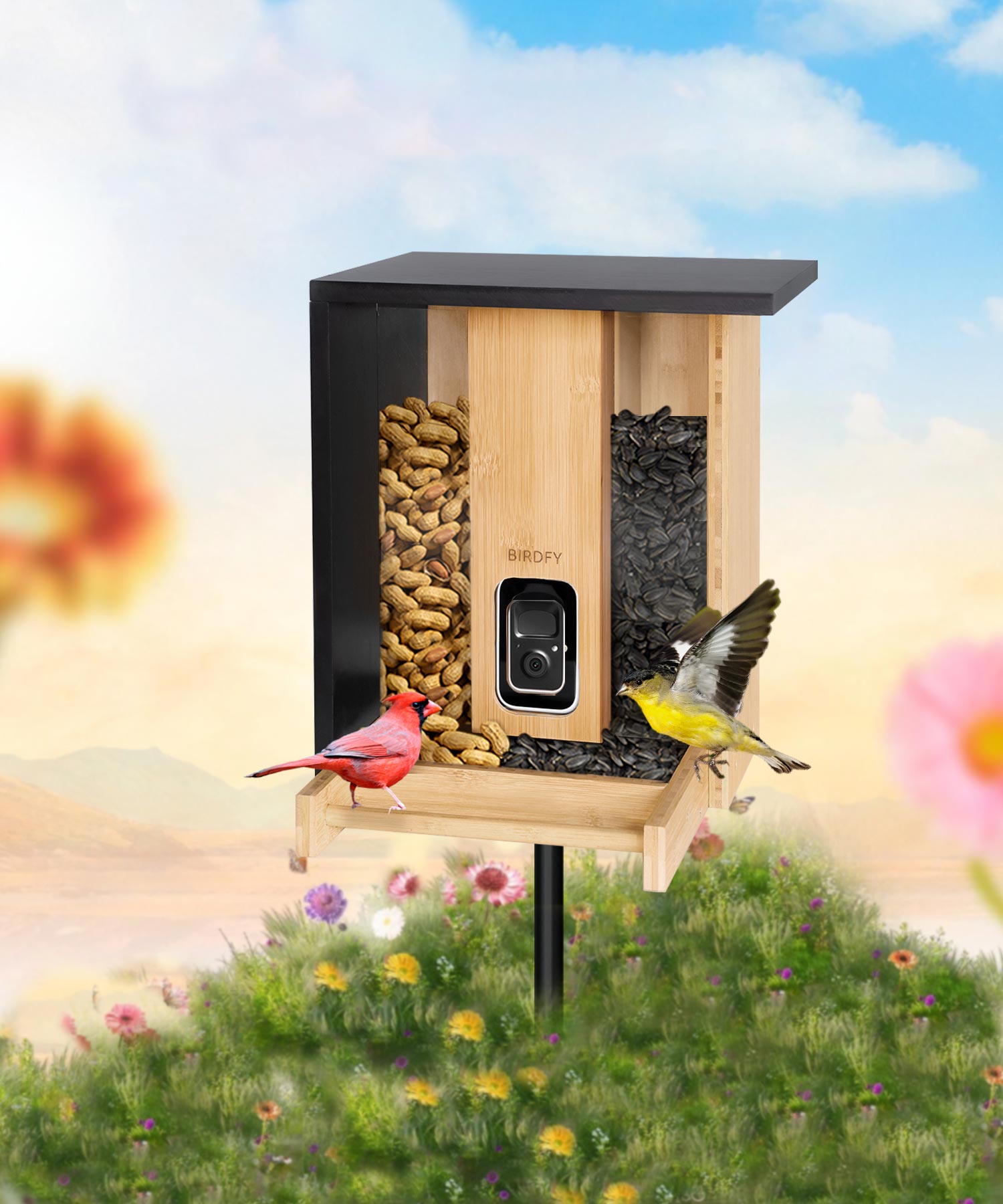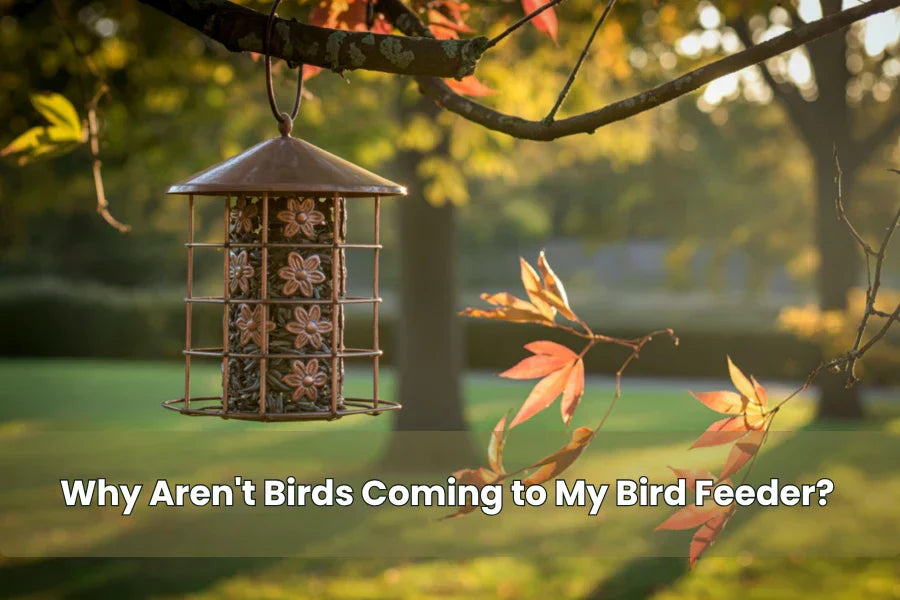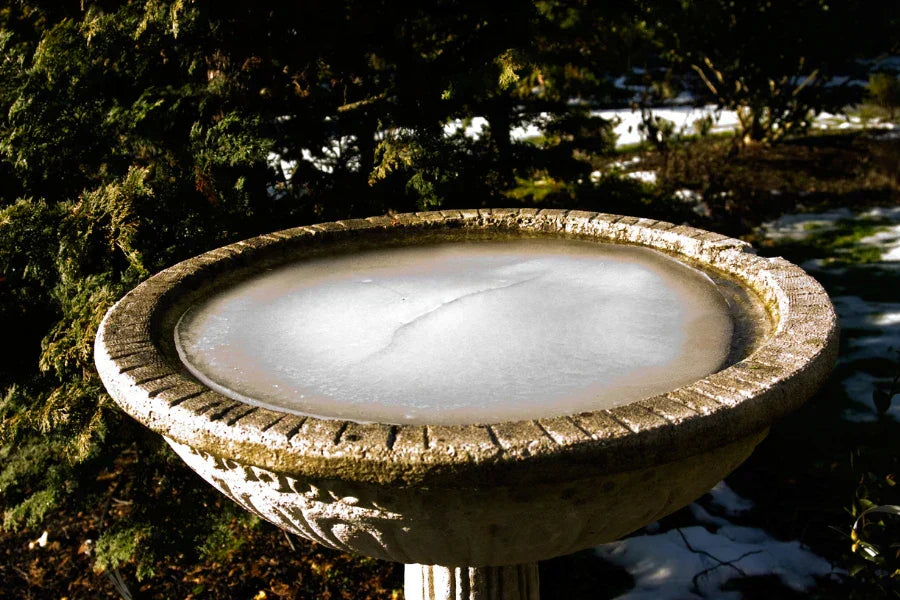How to Keep Bird Bath from Freezing
Winter is a difficult time for birds. Low temperatures are known to freeze water in bird baths, depriving them of a water resource. By keeping the bird bath from freezing, you can provide the birds with clean and healthy water all season long. However, like many bird lovers, you may have a question here: how to keep bird bath from freezing?
In this article, we will go over the 10 best ways to keep the water in your bird bath from freezing, providing birds with a reliable source of water throughout the winter.
Why Bird Bath Water Freezes in Winter?
Bird baths freeze due to the loss of heat that water has in a cold environment. When the temperature drops below 32°F (0°C), bird baths freeze. Open surfaces, wind, and low temperatures speed up freezing.
On the other hand, shaded places delay the freezing process, and shallow water freezes more quickly than deeper basins. Understanding these circumstances is the first step in figuring out how to keep bird water from freezing. You can slow freezing and extend the time that birds have access to water by modifying the materials, depth, and location of your bird bath.
How to Keep A Bird Bath from Freezing?
Below are some key tips you should follow to keep your bird bath from freezing.
1. Select the Best Material for Bird Baths
In the winter, the material of your bird bath is essential to consider. Certain materials are more resilient to freezing temperatures than others.
- Concrete bird baths: With good heat retention, they absorb sunlight during the day and release warmth at night, making them less likely to freeze under sunny conditions.
- Plastic or resin bird baths: Their performance depends on thickness and density. Thick, dark resin models insulate better, while thin plastic ones tend to freeze quickly.
- Ceramic bird baths: While visually appealing, ceramics absorb moisture and may crack under freeze–thaw cycles, making them less suitable for very cold regions.
- Metal bird baths: Metals conduct heat rapidly and cool down just as fast, causing the water to freeze quickly unless paired with a heating element.
Under identical environmental conditions, the following ranking of these four common birdbath materials for frost resistance can be used as a reference:
| Material | Anti-Freezing Rating (0–5) | Explanation |
| Concrete / Stone | 4 | High thermal mass absorbs heat during the day and releases it slowly, reducing the chance of freezing. |
| Plastic or Resin (HDPE) | 3 | Thick, dark-coloured resin retains heat moderately well, while thin plastic freezes more easily. |
| Ceramic | 2 | Average insulation; moisture absorption may cause cracking during freeze–thaw cycles. |
| Metal (Stainless Steel, Copper) | 1 | Excellent heat conduction but poor heat retention — water freezes rapidly without external heating. |
Selecting a substantial, insulated material helps you prolong water availability while figuring out how to stop bird bath from freezing.
2. Place Your Bird Bath Wisely
Location matters. Keep your bird bath in a sunny place where water gets warm naturally with the help of the sun's heat. Shaded areas reduce the wind chill, helping to keep the birds' water frozen. Avoid lower grounds, such as where stagnant cold air accumulates.
More minor changes in placement also have a significant effect on slowing the bird's water freezing.
Tips:
- Place the bath near shrubs or walls that block cold air.
- Use a stand to keep it off the ground.

3. Use a Heated Bird Bath
A heated bird bath is the simplest solution if you are interested in learning how to keep water for birds from freezing. These are designed with built-in thermostats to keep the water free of ice. It is easy to plug it in and keep water in its liquid form in sub-zero temperatures.
Advantages:
- Reliable water source
- Safe for birds
- Effective both during storms and overnight
4. Try Methods Without Electricity
If you don’t want to use electricity and want to know how to prevent the bird bath from freezing, there are the following innovative ways to follow.
- Floating Objects: Put a small ball, a cork, or a rubber duck in water. The flow retards the formation of ice.
- Insulation: Use insulated bowls or ceramic dishes. Otherwise, cover the bath with straw, burlap, or foam. It minimises the heat loss.
- Choose Dark-Coloured Bowls: The dark bowls absorb sunlight and keep the water warmer.
- Use Multiple Bowls: Keep multiple small bowls and rotate them when one freezes.
These are the techniques used to keep the bird bath water unfrozen in sub-zero weather.
5. Keep Water Moving
Moving water also freezes more slowly than still water. Even a plain floating object or a mini-fountain pump helps prevent water from freezing for the birds. And because moving water attracts birds to a birdbath, you might consider choosing a solar-powered birdbath that doesn't require electricity.
Tips:
- Put in a little dripper or fountain in the bird bath.
- Water should be stirred periodically.
- Make motion with floating balls.
💡It should be noted that solar fountains require sufficient sunlight during the day to achieve good results. If the sunlight is weak, the temperature is below -2℃, or there is strong wind that dissipates heat, this method may fail. So, it is best used with a heater.
6. Cover the Bird Bath at Night
Covering your birdbath at night when there are no birds is another effective way to prevent the water from freezing.
Cold nights speed up freezing. Cover the bird bath to prevent heat loss. The easiest way to cover is with a wire mesh or a piece of cloth. There is also a way of placing a small insulating dome to hold warmth.
It assists in keeping the bird bath warmer without electricity and conserves water for the bird bath visitors early in the morning.
7. Maintain the Bath Regularly
In colder climates, a clean and well-maintained bird bath works well.
- Every day, take out the ice and add fresh water.
- Steer clear of salt and chemicals, as they are harmful to birds.
- If you possess a concrete bath, look for cracks.
- If winters are harsh, keep delicate bird baths inside.
8. Combine Different Methods
If you are still wondering “how do you keep bird bath water from freezing,” you can combine strategies for the best results.
- Heated bath + floating object.
- Sunlight + insulation.
- Dark-coloured material + slight movement.
You can also achieve good results by using these combined methods to prevent bird baths from freezing.
9. Practice Some Tips for Extreme Cold
In harsh winters, you should also consider the following tips:
- Place the bathtub indoors near a window.
- Use a shallow container with daily refills.
- Provide additional water sources, such as hanging bottles or bowls.
Such additional tips help you prevent the freezing of bird water even when the weather is very cold.
10. Follow Safety Precautions
Follow the following safety precautions while keeping the bird bath from freezing.
- Avoid the use of chemicals to prevent freezing, as it can damage birds.
- Never use metal items that may become hot in the sun.
- To prevent overheating, keep the bird bath in the electric field under control.
These measures are to ensure that the birds' water does not freeze easily.
FAQs
Q1: How to keep bird bath water from freezing naturally?
To slow freezing, place the bird bath in the sun, add black stones, or utilise floating things.
Q2: How to keep bird bath from freezing without electricity?
Make use of solar-powered bubblers, warm water refills, and insulation.
Q3: Will concrete bird bath crack in winter?
Yes, unless it's kept indoors during freezing temperatures or sealed.
Q4: How deep should a bird bath be to prevent freezing?
The ideal depth is between 1 and 2 inches, which minimises freeze time and permits drinking by the birds. To guarantee access, break thin ice layers and refill frequently.
Q5: Is tap water OK to use?
Yes, but when the water is filtered, it is safer for the birds. The fresh water also freezes more slowly compared to aged stagnant water.
Q6: Do birds favour heated water?
Yes. Birds naturally flock to liquid water spots, especially in winter. Bird baths with hot water draw more of them.
Conclusion
Giving birds access to fresh water in winter can save their lives. Your feathered friends will remain hydrated and healthy if you know how to keep water in bird bath from freezing. You can maintain water in various ways, from heated baths to easy insulating techniques. It is easy and efficient to discover how to prevent bird water from freezing, whether you use electrical or natural means. Little things like incorporating natural light or adding movement have a tremendous impact. So, start practising these tips and tricks and provide a safe and healthy place for birds to bathe and drink water in winter!
Share


